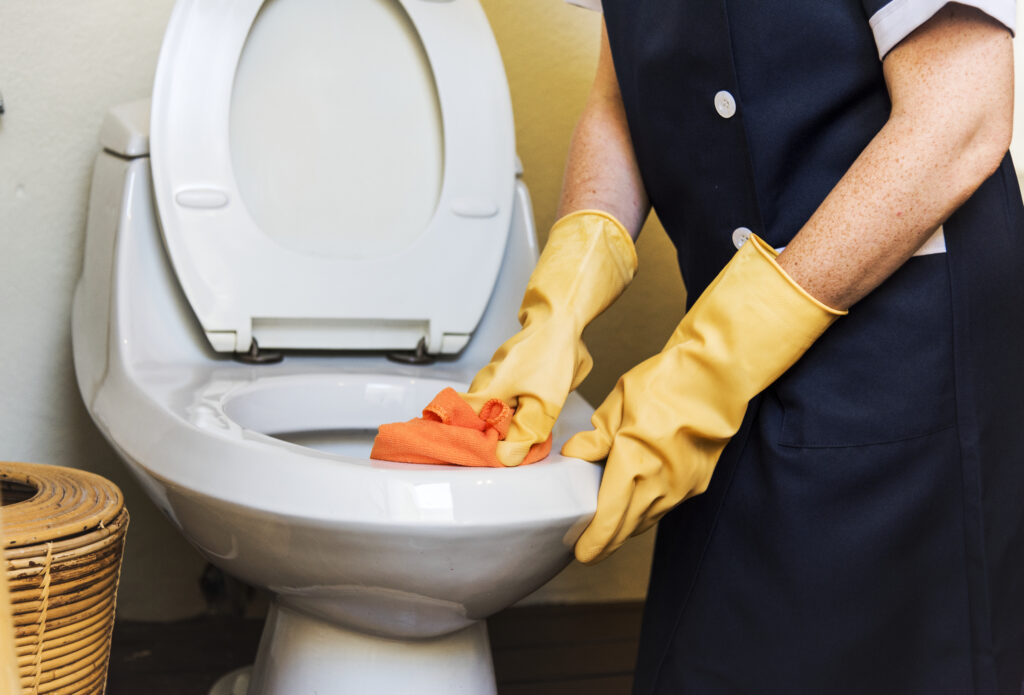University and Industry Related Bathroom Studies and Research

Germs in your bathroom
Your bathroom is often teeming with bacteria, particularly in moist areas like shower curtains and floors that can host millions of colony-forming units. Surprisingly, newer data shows the toothbrush handle, more than the bristles, can carry over 12 million CFUs due to contact with hands and infrequent rinsing. In contrast, typically touched fixtures like faucets and door handles carry far fewer bacteria. While many of these microbes are harmless, a significant portion are potentially dangerous — especially gram-negative rods, known for drug resistance. The article underscores that irregular cleaning, combined with common behaviors like showering or shaving in the shower (practiced by many), supports bacterial growth. To keep these microbial hotspots in check, it advises instituting a regular cleaning schedule—weekly or more—scrubbing thoroughly, sharing responsibilities, and addressing mold promptly on shower curtains.

A breading ground
Bathrooms harbor millions of bacteria—including pathogens like E. coli, Salmonella, and Staphylococcus—on surfaces like toilet seats, floors, showers, and even toothbrushes, especially when cleaning is infrequent. It reveals that failing to flush with the lid down can spread germs far and wide, and notes a disturbing 62% of men and 40% of women don’t wash their hands after using the toilet. These microbes can survive anywhere from hours to weeks, contributing to health issues ranging from GI upset to skin infections. To combat this, the article recommends simple yet effective practices: flushing with the lid down; washing hands thoroughly; cleaning surfaces, shower curtains, mats, and towels regularly; maintaining good ventilation; keeping toothbrushes at least four feet from the toilet; and using protective footwear to avoid athlete’s foot .

Where's the Germs
The germiest spot in your bathroom isn’t the toilet—it’s often the toothbrush holder, where over 64% tested positive for mold and yeast, with a significant number showing coliform and staph bacteria—thanks to its dark, damp environment rarely cleaned. While public and home bathrooms do contain viruses like HPV, herpesvirus, Staphylococcus, and E. coli, most pose minimal risk since many gut bacteria don’t survive long outside the body. Toilet flushing can aerosolize microbes, spreading them to other surfaces, and automatic hand dryers can further disperse bacteria—studies show jet dryers spread 60× more bacteria than warm air dryers and up to 1,300× more than paper towels. Still, experts emphasize that the average person’s immune system is more than capable of handling these microbes, urging frequent handwashing—particularly with paper towels—to reduce transmission.